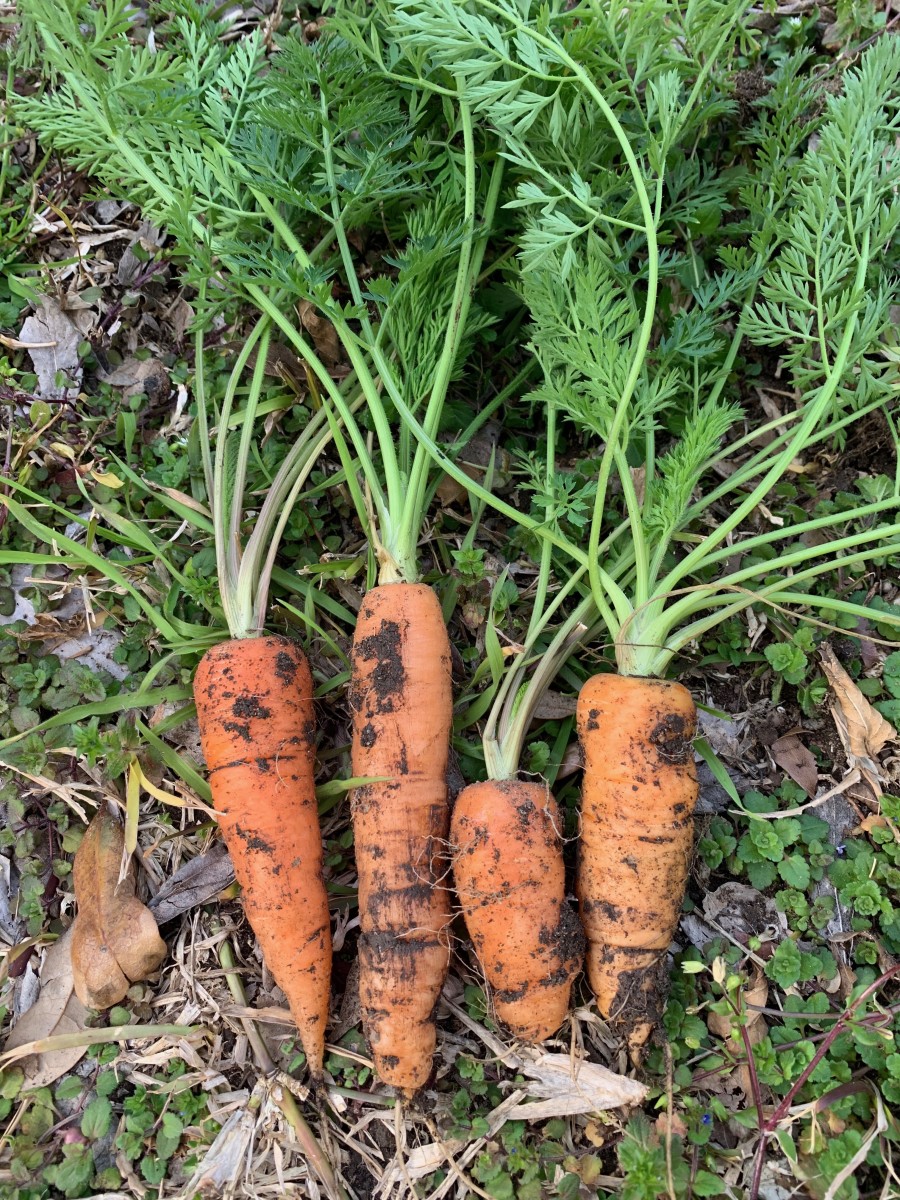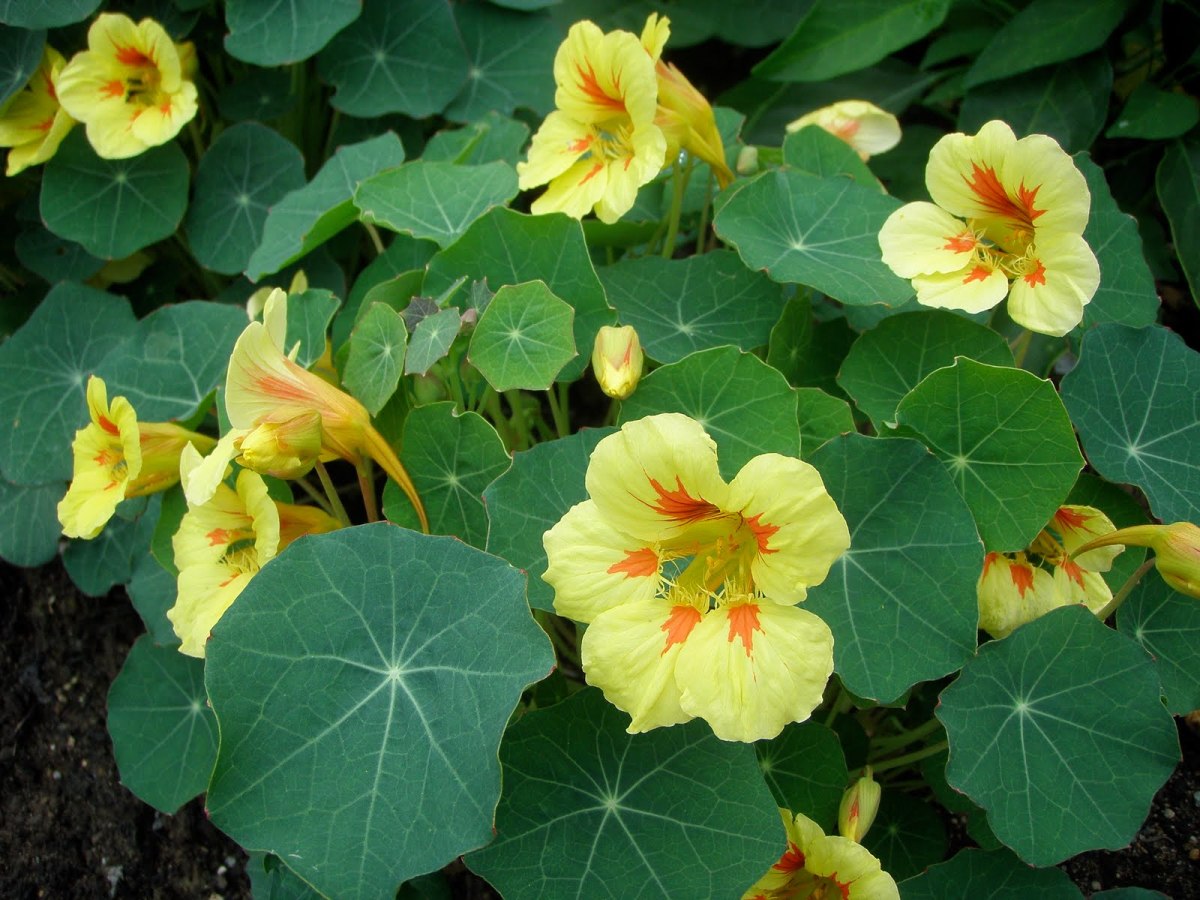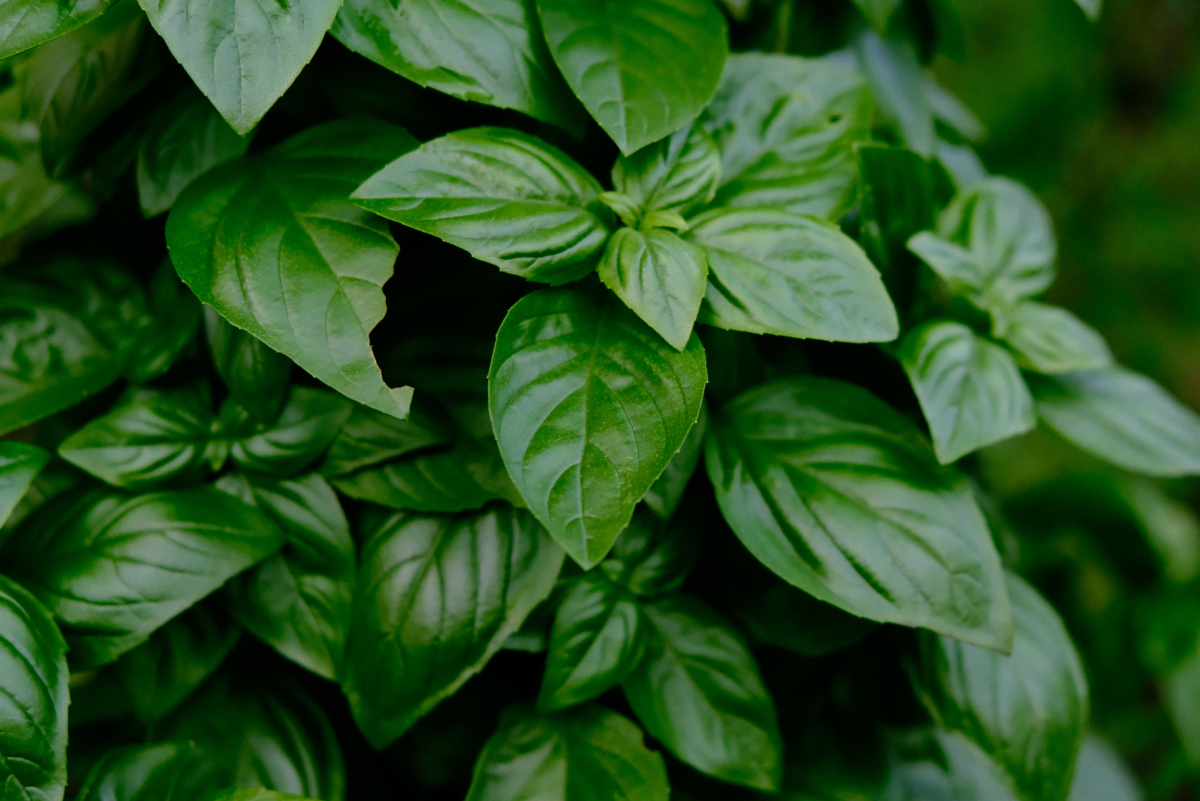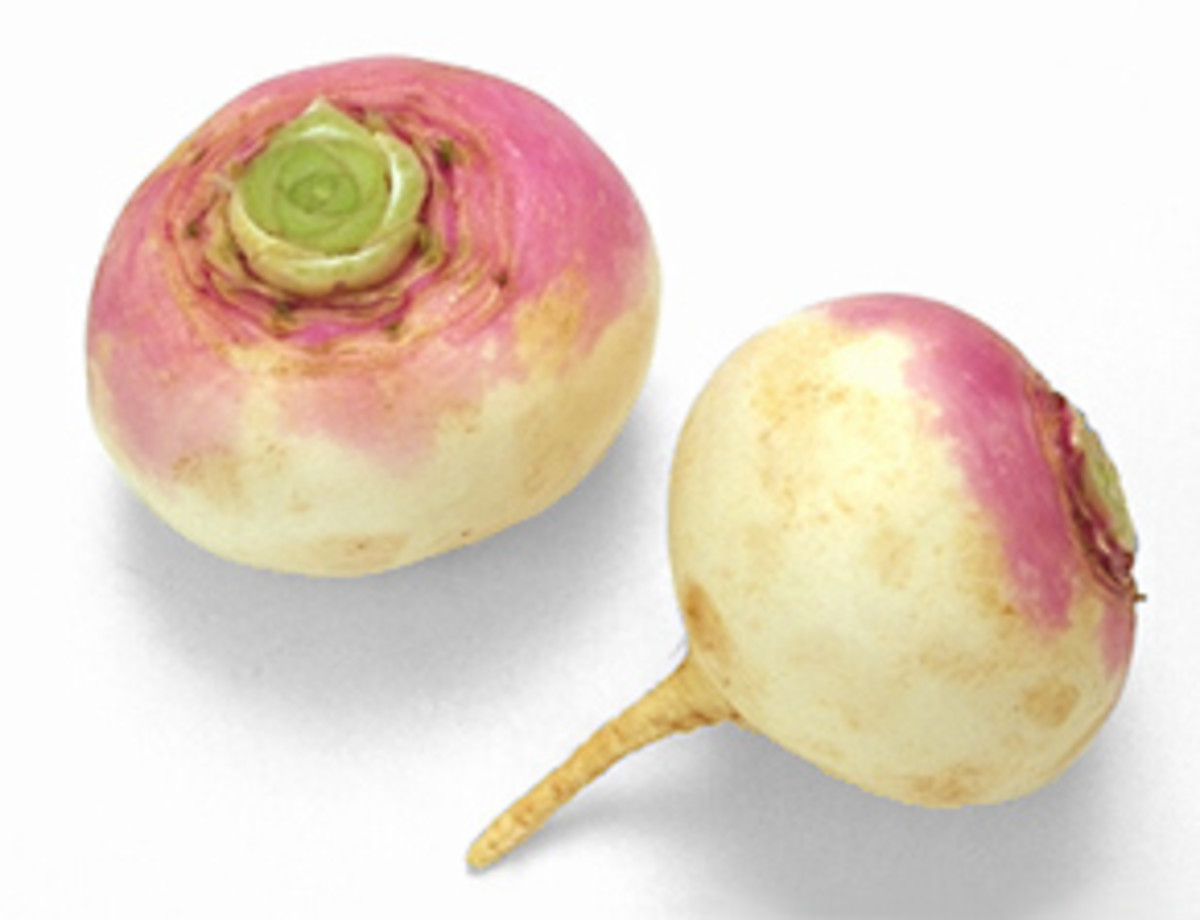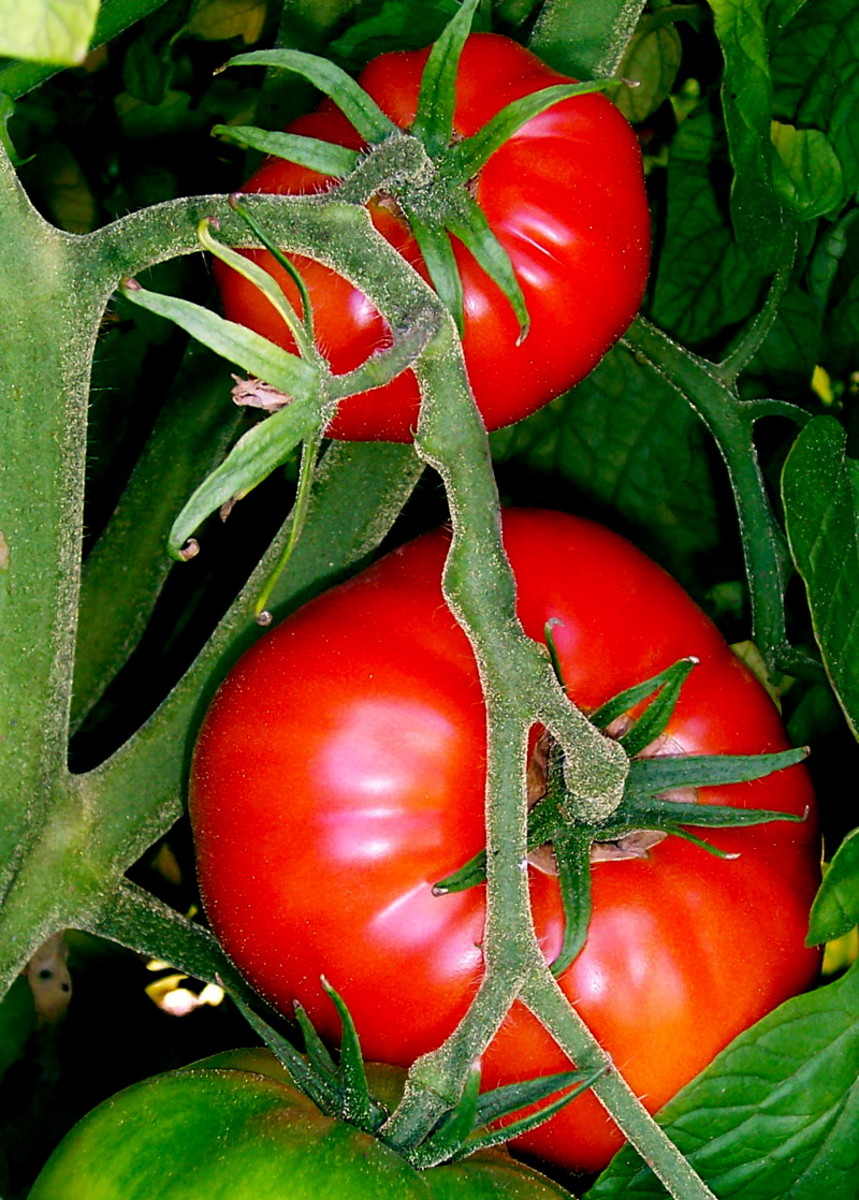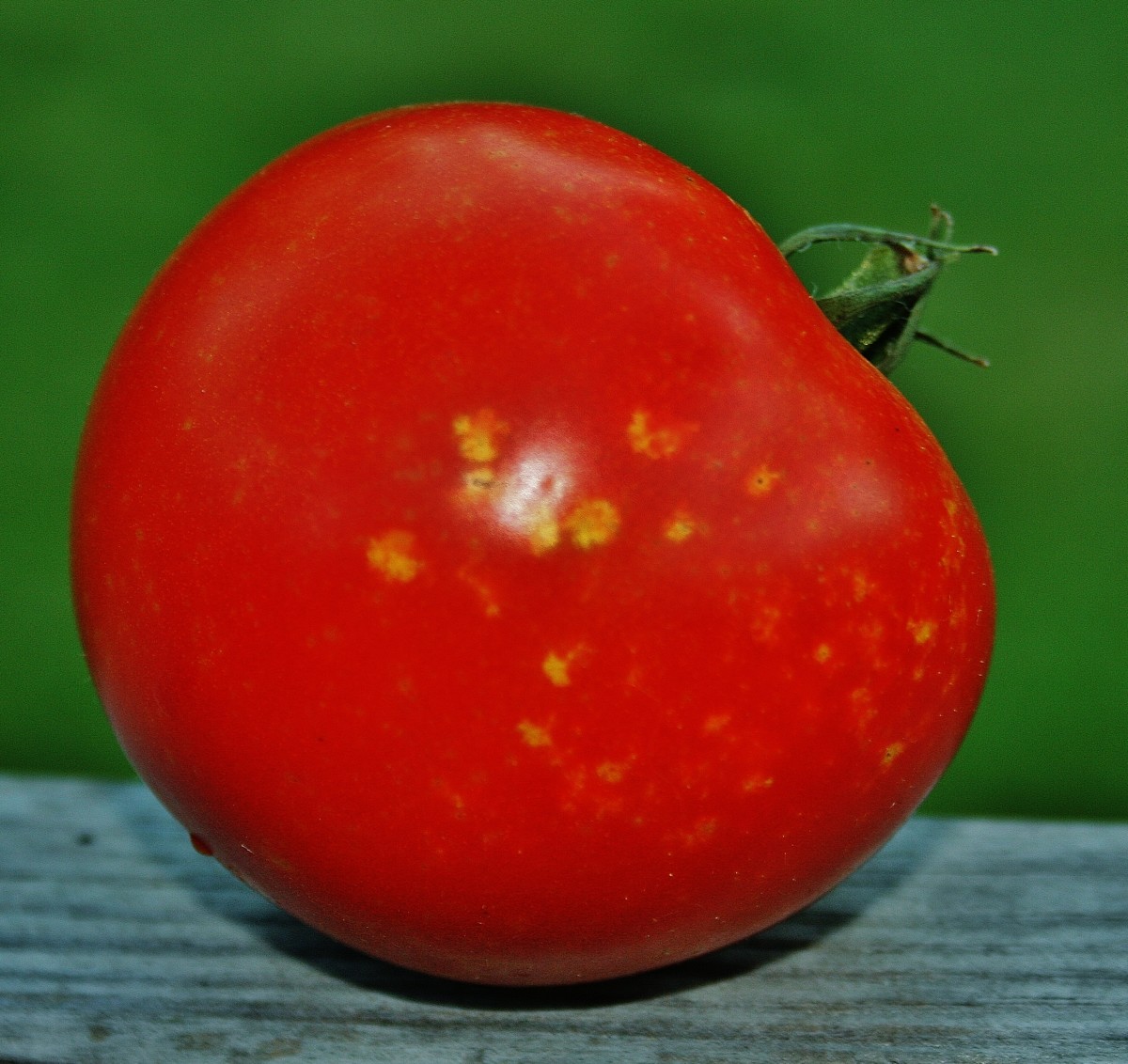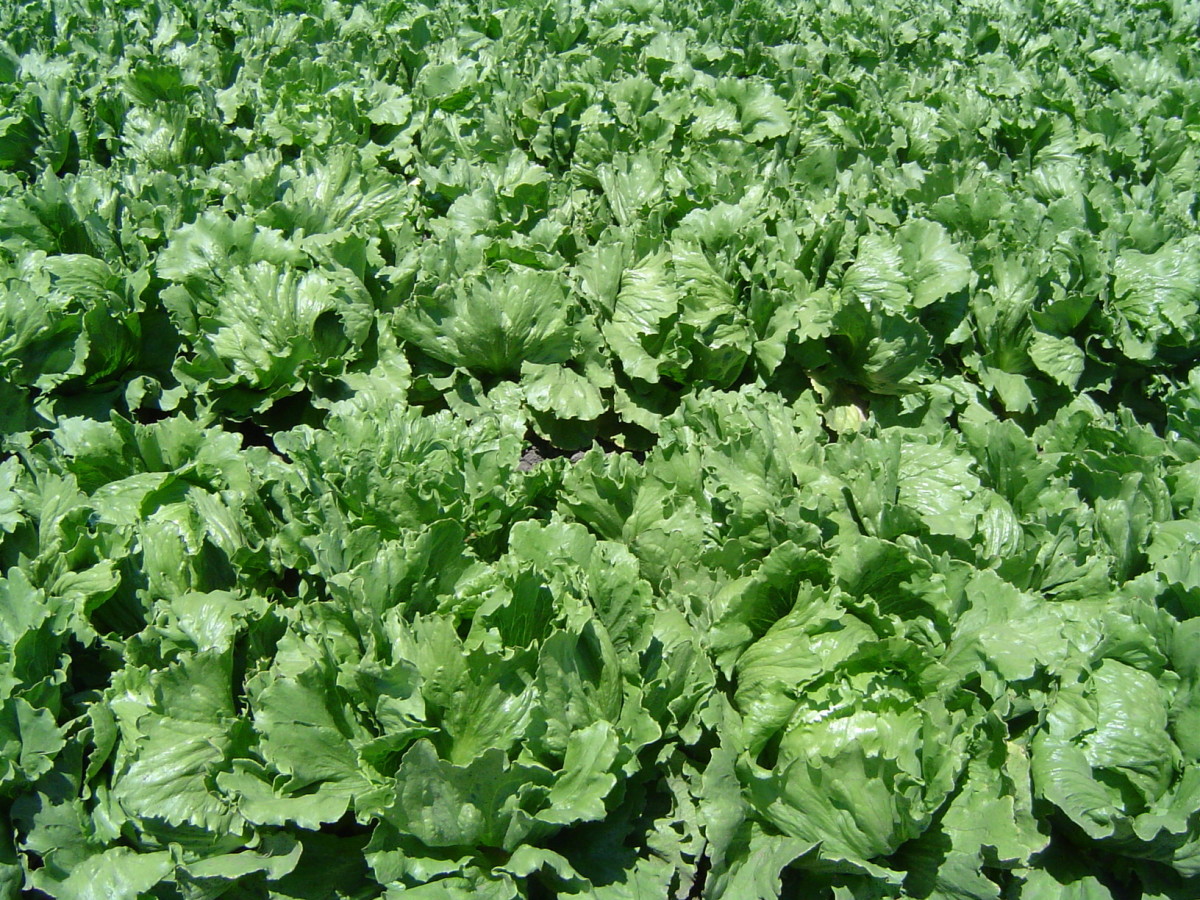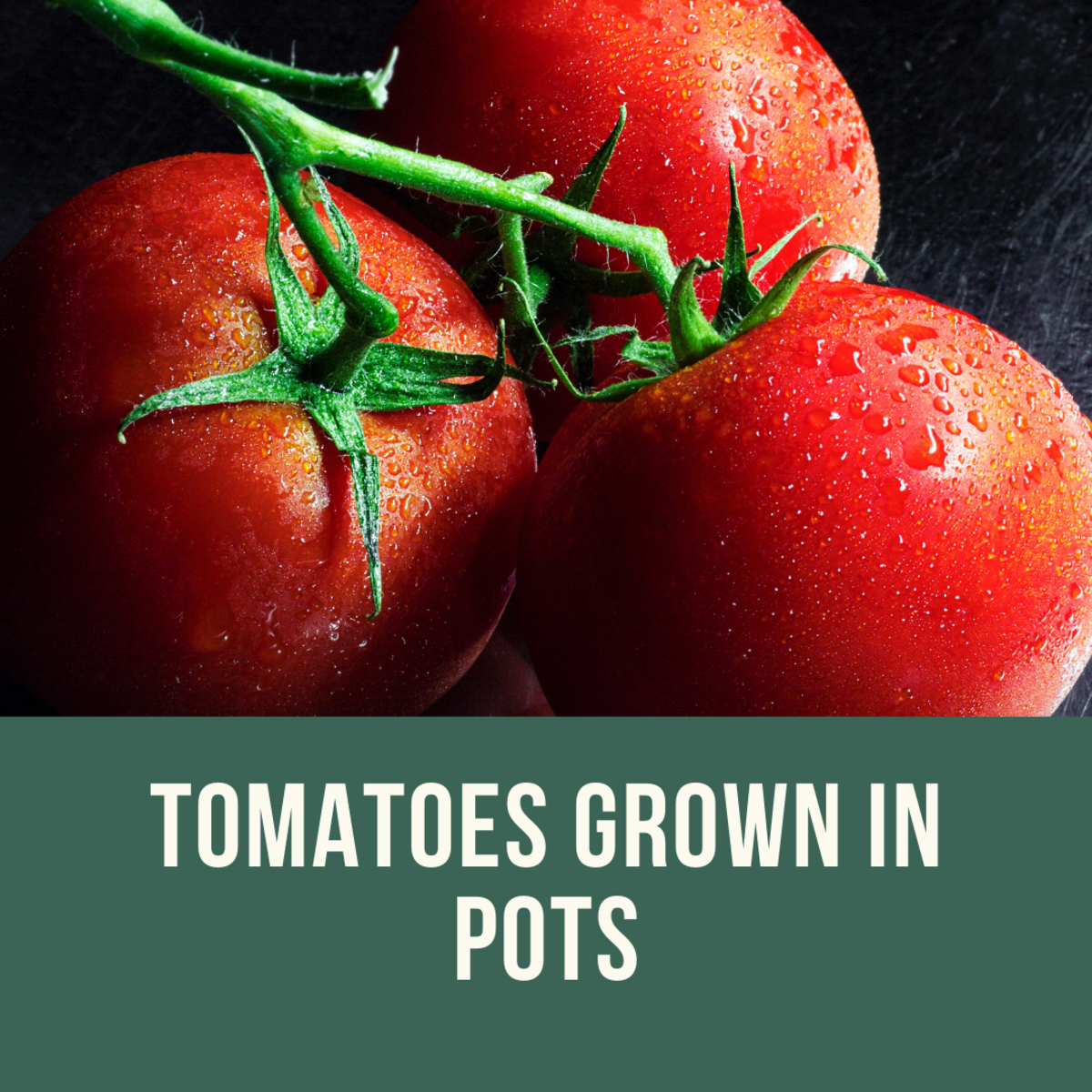Growing Onions From Seeds, Plants, or Sets
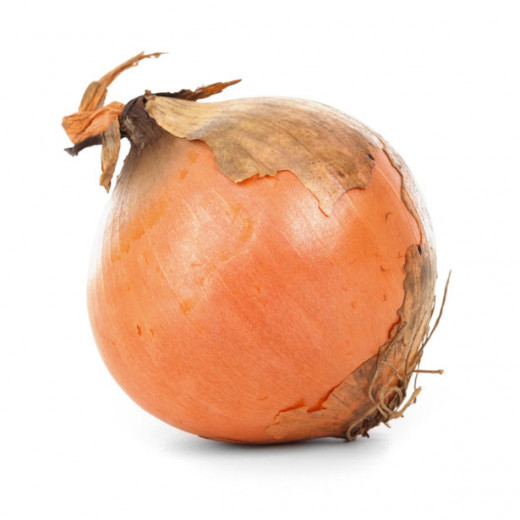
Onions are a Staple in Many Home-cooked Meals
This allium family vegetable has been part of the human diet since before written history. Most cuisines around the world use some onion in cooking. Raw, dried, cooked, or raw, onion is an ingredient in bread, casseroles, salads, and soups. It even serves as a condiment on many convenience foods. Some form of onion can be found in nearly every cuisine.
Types of Onions
Onions come in several colors (white, red, and yellow) and range from large Spanish onions to tiny pickling varieties.
There is a specific variety of perennial bunching scallions, but most onions can be pulled green as scallions. Another type of onion is the perennial onion. This onion is the multiplier onion that can be propagated by a division of underground bubs with each bulb multiplying into a cluster of onions. Still another perennial onion is the Egyptian or top onion which produces bulb clusters at the end of a long stem with a second cluster forming off the first. Another single bulb grows underground but is too pungent for consumption.
Some onions do not produce any form of the bulb but are eaten for their mild onion-flavored leaves. There are various types of chives including the garlic chive. In addition, there are shallots that are expensive to buy, but easy to grow.
At A Glance: Planting Onions
Plant onions as soon as the soil can be worked in the spring. Plant seeds in flats indoors six weeks before planting outside and transplant them into the garden for best results from seed.
Planting Plants outdoors: Completely cover the white of the onion plant with loose soil and leave green chive-like leaves above the ground.
Planting sets: Plant in rows, and cover sets completely with loose soil.
Planting distance: Plant 4-6 inches apart
Plant with fast-growing radishes to repel onion maggot. Harvest at whatever size you want.
Planting
Onions can either be grown using sets, seedlings, or seeds planted directly in the garden.
You can grow your own seedlings from seed by planting 1/2 inch deep in a growing flat filled with potting soil. Water thoroughly. Cover with lightweight plastic and put under grow lights. Remove the plastic when onions germinate in about 2 weeks. Plant outdoors about a month after germination.
You can also buy seedlings sold in bunches from a nursery or by mail order. Whether you grow your seedlings yourself or get them from a nursery, plant, plant them in a well-worked garden bed by completely covering the white bulb of the onion about 4 inches apart. Plant as soon as the ground can be worked because onions like cool weather for the early part of their growth. If you plan on using green onions, you can plant them about 2-3 inches apart and thin to 4 inches apart as you are using the green onions. Water thoroughly.
For the quickest results, buy sets. Sets are immature bulbs grown the previous year. They are also the least susceptible to disease. Plant about 4-6 inches apart. You can begin using some of the green leafy portions as soon as it begins to form. If a flowering pod begins to form on the leaves, break that pod down to keep the onion from going to seed. The onion bulbs can start forming during warm weather.
Plant Egyptian onions in the fall.
Plant chives and garlic chives in early spring in rich soil. These will tolerate shade. Seeds will e slow to germinate so you may prefer to plant from clump divisions. Space the clumps of 5-6 bulbs about eight inches apart.
Companion Planting with Onions
All members of the onion and cabbage families get along well together. They also like beets, strawberries, tomatoes, lettuce summer savory, and chamomile, but they do not like peas or beans. Since onion maggots travel from plant to plant when set in a row, scatter your onion plants throughout the garden. Toxic substances in the red and yellow onion skins are associated with disease resistance.
Onions During the Growing Season
Water transplants daily until roots have been established. Keep your onions well-weeded, but make certain that the weeding process does not harm the onions' shallow roots. Once the soil has warmed, mulch around and between the onions to discourage weeds and retain moisture. Water when necessary so that you have at least one inch of water each week. Do not fertilize onions during the growing season.
Harvest some Egyptian onions in the spring as green or bunching onions. In the summer and fall, harvest the small onion bulbs from onions that form at the stem tip. Pick these when the tops begin to wilt and dry. Use these fresh or stored chopped onions in the freezer or use them in canning and pickling.
Cut the grass-like hollow tops of chives and garlic chives often to maintain production. Remove the lavender flowers when spent to reduce the chances of reseeding.
Use shallots when young.
Onion maggots could be a problem in the garden so to prevent this type of infestation plant onions throughout the garden. This interplanting helps many other plants as well. because onions and garlic and other Allium species ward off aphids, Japanese beetles, and carrot flies from root crops, lettuce, and members of the cabbage family.
Onion trips may attack onions during dry weather in July or August causing the plants to become deformed with silvery blotches on the leaves. Because trips overwinter in weeds, keeping the garden weed free will help prevent this.
Harvesting Onions
Harvest onions when the tops turn yellow. Bend the tops down to stop the sap from going up the stems into the leaves and divert the plant's energy into maturing the bulb. After the leaves and stems turn brown, pull or dig the onions and place them in a sunny dry location.
When the outer skins are thoroughly dry, knock off any soil and remove the tops. store hung in a cool, airy place in a mesh bag. Onions stored this way will keep up to a year.
This content is accurate and true to the best of the author’s knowledge and is not meant to substitute for formal and individualized advice from a qualified professional.
© 2014 Cygnet Brown

